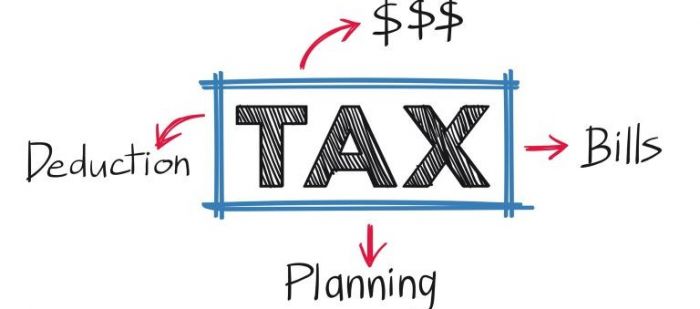Section 85 Rollovers in Canada: A Legal Overview for Tax-Deferred Transfers

Section 85 of the Income Tax Act (ITA) provides a powerful mechanism for deferring tax liabilities associated with the transfer of assets to a Canadian corporation. Commonly used in corporate reorganizations, succession planning, and incorporations, Section 85 rollovers enable taxpayers—whether individuals, corporations, or trusts—to transfer eligible assets to a corporation on a tax-deferred basis. This article outlines the key concepts, legal framework, and practical applications of Section 85 rollovers, emphasizing their strategic value in planning transactions.
Purpose of Section 85 Rollovers
The primary goal of a Section 85 rollover is to allow the tax-deferred transfer of assets from a taxpayer to a Canadian corporation. This provision is especially beneficial for sole proprietors looking to incorporate their business without immediately realizing capital gains. By using this mechanism, taxpayers can preserve liquidity and manage tax liabilities more efficiently.
Eligible Property
To qualify for a Section 85 rollover, the property being transferred must fall within the categories of “eligible property” as defined in Section 85(1.1) of the ITA. These include:
- Depreciable capital property (including eligible capital property)
- Non-depreciable capital property
- Canadian resource properties
- Foreign resource properties
- Inventory
- Real estate owned by a non-resident, if used in a Canadian business
Consideration to the Transferor
Under the rollover, the transferor must receive at least one share in the capital of the transferee corporation. In addition to shares, the transferor may receive non-share consideration, often referred to as “boot.” Boot may include cash or debt obligations issued by the transferee. The fair market value of the boot is critical for determining the minimum value (floor) of the elected amount.
Elected Amount and Transfer Price
The “elected amount” is the agreed value at which the transferor disposes of the property and the corporation acquires it. According to Section 85(1)(a) of the ITA, this amount is deemed to be the transferor’s proceeds of disposition and the transferee’s cost of acquisition. The elected amount must fall within certain limits:
- Floor value (ITA s. 85(1)(b)): Cannot be less than the value of the non-share consideration (boot)
- Ceiling value (ITA s. 85(1)(c)): Cannot exceed the fair market value of the property
Specific asset types also impose further restrictions:
- Non-depreciable property: Elected amount cannot be less than the lesser of fair market value or cost
- Depreciable property: Elected amount cannot be less than the lesser of fair market value, cost, or Undepreciated Capital Cost
Cost of Consideration
When boot is received as part of the consideration, its cost must be carefully determined. If a single item is received, its cost equals its fair market value. For multiple items, the cost is allocated based on the relative fair market value of each asset received.
Analysis
Section 85 rollovers provide a valuable opportunity for tax planning by enabling the deferral of capital gains. This is particularly advantageous for sole proprietors transitioning into a corporate structure or for reorganizations among affiliated corporations. The ability to structure the transaction using a mix of share and non-share consideration adds flexibility but must be handled with care to ensure compliance with ITA provisions.
Eligible property definitions are broad, though the exclusion of non-resident real estate not used in Canadian business ensures that the benefit of the rollover primarily serves Canadian operations. The elected amount is a pivotal part of the transaction and must be calculated within prescribed boundaries to avoid adverse tax consequences.
Conclusion
Section 85 rollovers are an effective tool for facilitating tax-deferred transfers of property to a Canadian corporation. By adhering to the ITA’s provisions around eligible property, elected amounts, and consideration, taxpayers can avoid immediate tax liabilities while achieving important business objectives such as incorporation, succession, or internal restructuring. Legal and tax advice should be sought to properly implement a rollover and ensure the transaction aligns with both business strategy and tax compliance requirements.
Disclaimer
The information provided in this blog post is intended for general informational purposes only and does not constitute legal, financial, or professional advice. While efforts have been made to ensure the accuracy and timeliness of the information, laws and regulations may change over time or vary depending on your specific circumstances, business structure, or jurisdiction.
This article is not a substitute for legal advice tailored to your unique situation. You should consult with a qualified lawyer or legal professional before making any decisions or taking any actions based on the information contained herein.
No lawyer-client, advisory, or fiduciary relationship is created by your use of or reliance on this content. Any references to legislation, regulations, or government processes are intended for general guidance only and may not reflect the most current legal developments.
Blueprint Law P.C., its lawyers, and affiliates expressly disclaim any liability for any loss or damage arising from reliance upon the information provided. External links or third-party references, if any, are provided solely for convenience and do not imply endorsement or control over the content of those sites.
